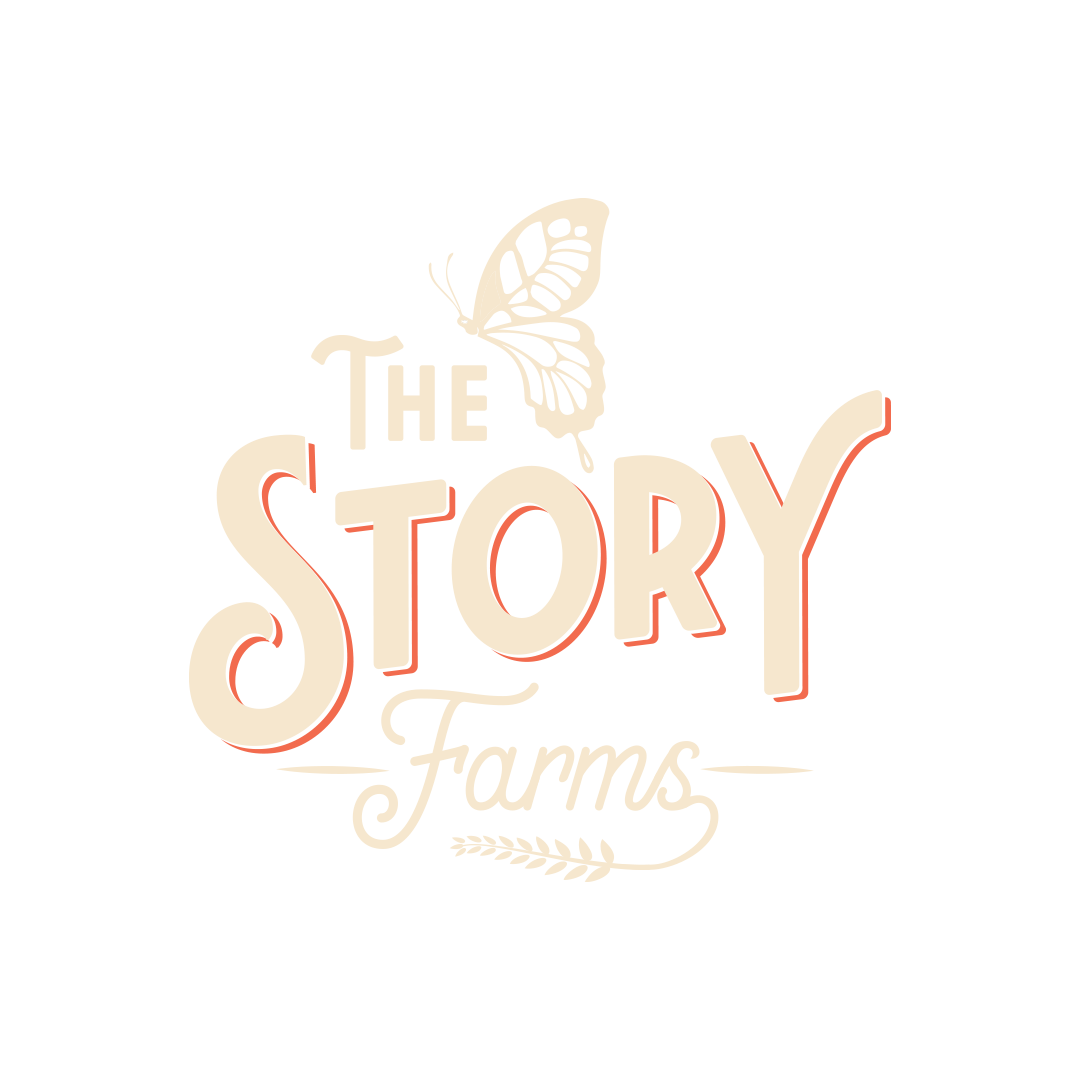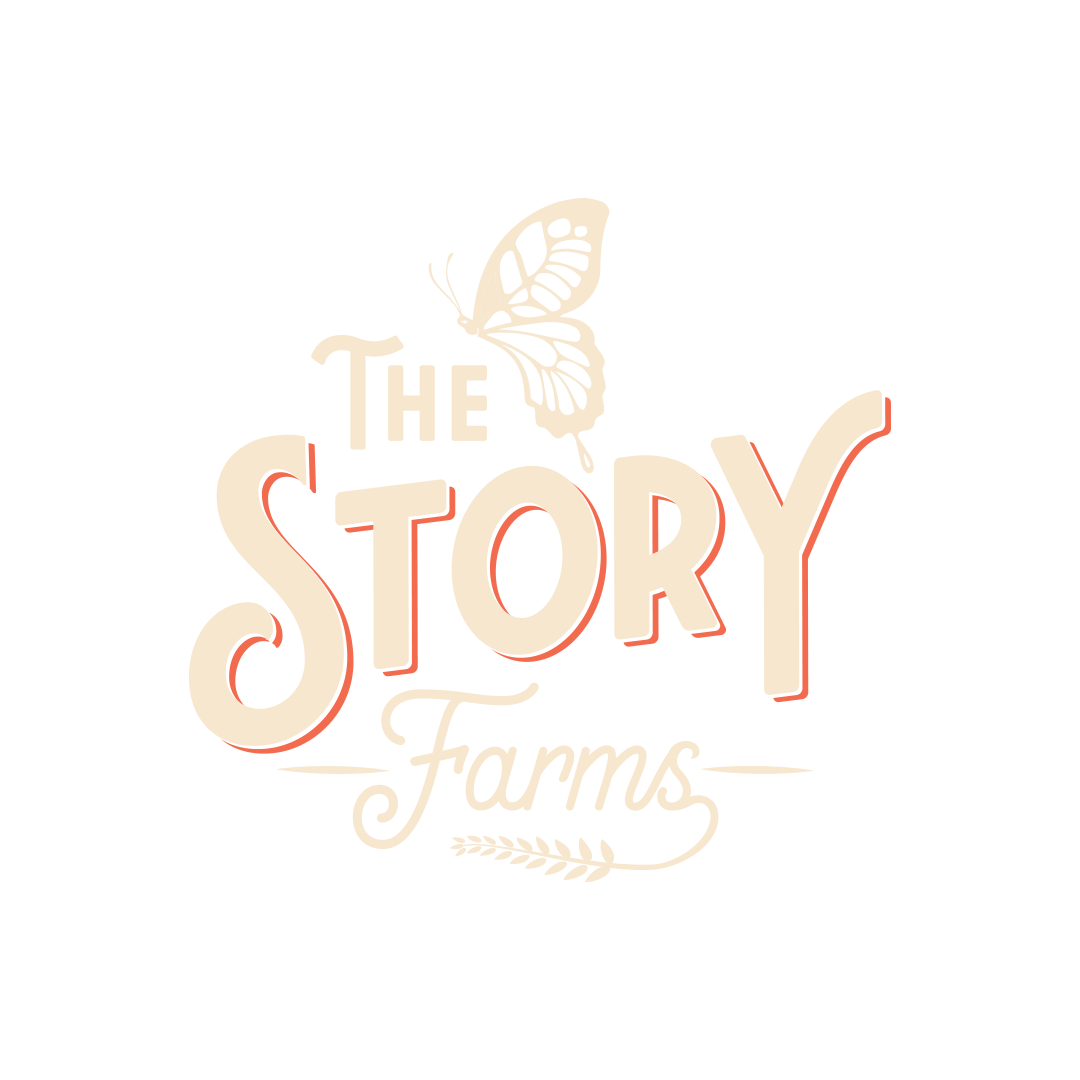
Our Projects
We believe in farming organically and regeneratively - by working in harmony with nature to look after the soil and the pastures, which in turn is reflected in the welfare of our animals and the taste of our produce. We are Certified Regenerative, by a A Greener World Organisation (see this tab for more information).
Regenerative Agriculture is a system of farming principles and practices that increases biodiversity, enriches soils, improves watersheds, and enhances ecosystem services. Regenerative Agriculture aims to capture carbon in soil and above ground biomass, reversing current global trends of atmospheric accumulation.
At the same time, it offers increased yields, resilience to climate instability, and higher health and vitality for farming communities. The system draws from decades of scientific and applied research by the global communities of organic farming, agroecology, Holistic Management, and agroforestry.
Our cattle spend most of the year grazing in the fields, only spending the worst winter months inside where they are fed solely on home grown hay and silage. They are given the freedom to express their normal behaviours and often live in family groups. Their natural diet means they are less likely to suffer from disease and require little veterinary attention or antibiotics.
We use a system called 'MOB grazing' whereby the livestock are moved each day to graze fresh grass. By doing so, they eat the most nutritious top third of the forage plants and trample the stemmy and less nutritious stalks into the ground to make new soil. This trampled forage is continually returned to the surface, helping to feed the soil, along with the manure. Grazing animals also return nutrients and organic matter back to the ground as they deposit their dung, ensuring the soil remains healthy and fertile, this is the basis of regenerative farming.
Our pastures contain a variety of plant species, including herbs, wildflowers and clovers which provide a healthy diet rich in essential vitamins and minerals drawn up from the soil below. They also support a diverse range of wildlife which is necessary for delicate eco systems to thrive. The carbon footprint of grass farms such as ours is significantly lower than that of farms where cereal crops are grown to feed animals. Grassland helps capture and store carbon so less is released into the air to harm the atmosphere.
In 2017 we joined the PFLA, Pasture for Life Association because we know that our slowly reared beef is some of the tastiest and healthiest in the world due to the diverse permanent grasslands, herbal leys and wild-flower meadows that the cows grazed upon. Through our regenerative approach we are bringing more and more carbon into the soil each year by various practices that mean not tilling the soil, planting trees, cover crops and planned grazing through this we can build and retain tonnes of carbon.
With so much negativity around food and farming today, A Greener World serves as a beacon of positive change, existing to promote and support real-life farming models to the public and offer practical guidance on achieving truly sustainable livestock farming systems to farmers.
We are Certified Regenerative, Certified Grass Fed, Certified Non-GMO and Certified Animal Welfare Approved.
We have selected the traditional and rare breed pigs with a mix from Tamworth, Saddleback to our pedigree Large Black pig, for its distinctiveness, and its roots in the West Country. The Large Black is also on the rare breed survival trust endangered list, so we are carrying out the practice of “conservation through consumption”.
Although we are currently selling fresh pork it is the intention to eventually switch to cured or value added pork for all our pork sales.
We aim for a carcass weight of 58kg -65kg this is a small carcass for bacon, however there is resistance to excessive fat and this appears to be an ideal weight to give adequate but not excessive fat cover.
The pigs are weaned at 8 - 10 weeks and are then grown slowly up to 10 months of age. We are aiming towards a 100% homegrown diet. We produce some cereal to mix into their forage diet which is a mix of pea, vetch and oats into a round bale silage or natural vegetation depending on the time of year. The pigs are housed in small rotational pasture paddocks and some woodland as part of an agro – forestry scheme. Their role to is to clean the woodland scrub and are rotated regularly so as not to cause damage and to prevent parasitic build up.
The pigs instincts to root proves too destructive for the long term leys over winter so we graze multi species cover crops following our arable rotations.
The pigs are slaughtered at a local abattoir, just a few miles from the production site.
Did you know that building healthy soils on a global scale is one of the best ways to draw down enough carbon to prevent a catastrophic climate crisis?
And carbon storage isn’t soil’s only superpower; the ways that soil stands to positively impact the lives of billions worldwide are tangible and immediate: replenished water cycles, restored fertility, and regenerated ecosystems.
Climate change is a big problem - it is happening because there is too much carbon in the atmosphere but Carbon is not the enemy.
It’s the building block of life, everything alive is made of it, it is us, the problem and the solution is a simple matter of balance.
How we manage land and our agriculture is moving even more carbon from the soil and biosphere into the atmosphere. Specifically we have moved over the course of life on earth a staggering 880 gigatonnes of carbon dioxide into the atmosphere which is heating up our plant and destabilising our climate.
Now the oceans have absorbed much of the excess carbon which has resulted in warming temperature excidification and mass extinction of sea life. In order to stop global warming of course we have to stop releasing fossil carbon.
Soil is part of the solution - it is right under our feet, plants with sunlight and water perform photosynthesis, they pull carbon in from the air and turn it into carbo hydrates / sugars, then they pump their sugars down thru their roots to feed micro organisms who use that carbon to build soil.
This is how the Carbon moves The plant pull it in and the soil stores it. Natures living biology is amazing.
We have selected the traditional and rare breed pigs with a mix from Tamworth, Saddleback to our pedigree Large Black pig, for its distinctiveness, and its roots in the West Country. The Large Black is also on the rare breed survival trust endangered list, so we are carrying out the practice of “conservation through consumption”.
Although we are currently selling fresh pork it is the intention to eventually switch to cured or value added pork for all our pork sales.
We aim for a carcass weight of 58kg -65kg this is a small carcass for bacon, however there is resistance to excessive fat and this appears to be an ideal weight to give adequate but not excessive fat cover.
The pigs are weaned at 8 - 10 weeks and are then grown slowly up to 10 months of age. We are aiming towards a 100% homegrown diet. We produce some cereal to mix into their forage diet which is a mix of pea, vetch and oats into a round bale silage or natural vegetation depending on the time of year. The pigs are housed in small rotational pasture paddocks and some woodland as part of an agro – forestry scheme. Their role to is to clean the woodland scrub and are rotated regularly so as not to cause damage and to prevent parasitic build up.
The pigs instincts to root proves too destructive for the long term leys over winter so we graze multi species cover crops following our arable rotations.
The pigs are slaughtered at a local abattoir, just a few miles from the production site.






